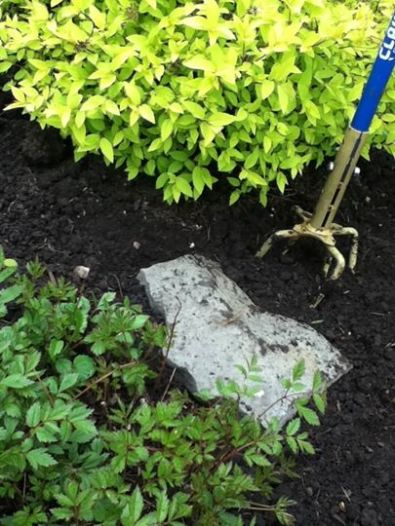 Are you interested in flower gardening and do not know where to begin? Well, I was where you are and a gardening notebook is what gave me the most momentum. I still use it today.
Are you interested in flower gardening and do not know where to begin? Well, I was where you are and a gardening notebook is what gave me the most momentum. I still use it today.
Several years ago, my husband and I took a landscape course and by the end of it we had a 10 year plan for our yard. This has come together quite nicely. As for the flower/shrub gardening, I was a little overwhelmed by placement, height, color, tolerance, perennial, annual….. Then I came across a good gardening book specifically for my area. What I liked about the book was a chapter about recording information and ideas in a notebook. I started my notebook some time ago, and although it is in pretty rough shape I can not replace it. It is just a simple school type book. My husband gave me a store bought gardening journal, but I have not used it yet. Using a notebook keeps me organized and helps to bring my ideas to fruition. When I get an idea, I write it down within the category of spring, summer or fall. My ideas come to me all year – therefore I keep track of them in my notebook. I also record information like: new plants; placements; successes; and failures. I record information specific to a plant like a rose bush; lily; or iris. I diarize when to plant seeds such as sweet peas & marigolds. I even take photos on occasion.
I enjoy attending the yearly garden show in my area in early spring. This event is so inexpensive and has tremendous value. Workshops run all day for the one fee of 12.00. My husband and I love to spend the entire day at the show. He helps me by taking notes- when I poke him. After the show, I rewrite the notes into my garden notebook. If you are able, attend a garden show put on by your local horticultural society.
Over time, you will gain gardening knowledge from: other gardeners; books; websites; magazines; shows; trial and error. Begin taking baby steps today – start a gardening notebook.
 Take snapshots and write notes
Take snapshots and write notes
 Keeping track of where you plant will help when things start popping up
Keeping track of where you plant will help when things start popping up


 Spring and Fall Log & Mid – Season Evaluation
Spring and Fall Log & Mid – Season Evaluation
 Your drawings may look like this when it is a cold fall day and you are moving stuff around.
Your drawings may look like this when it is a cold fall day and you are moving stuff around.
 2009 Notes from various sources
2009 Notes from various sources

You may like this type of Journal
 This is one of the many pages inside
This is one of the many pages inside
Ladies, I hope I have inspired you today to get gardening. Have a great week. Linda
53.933271
-116.576504
Read Full Post »




























